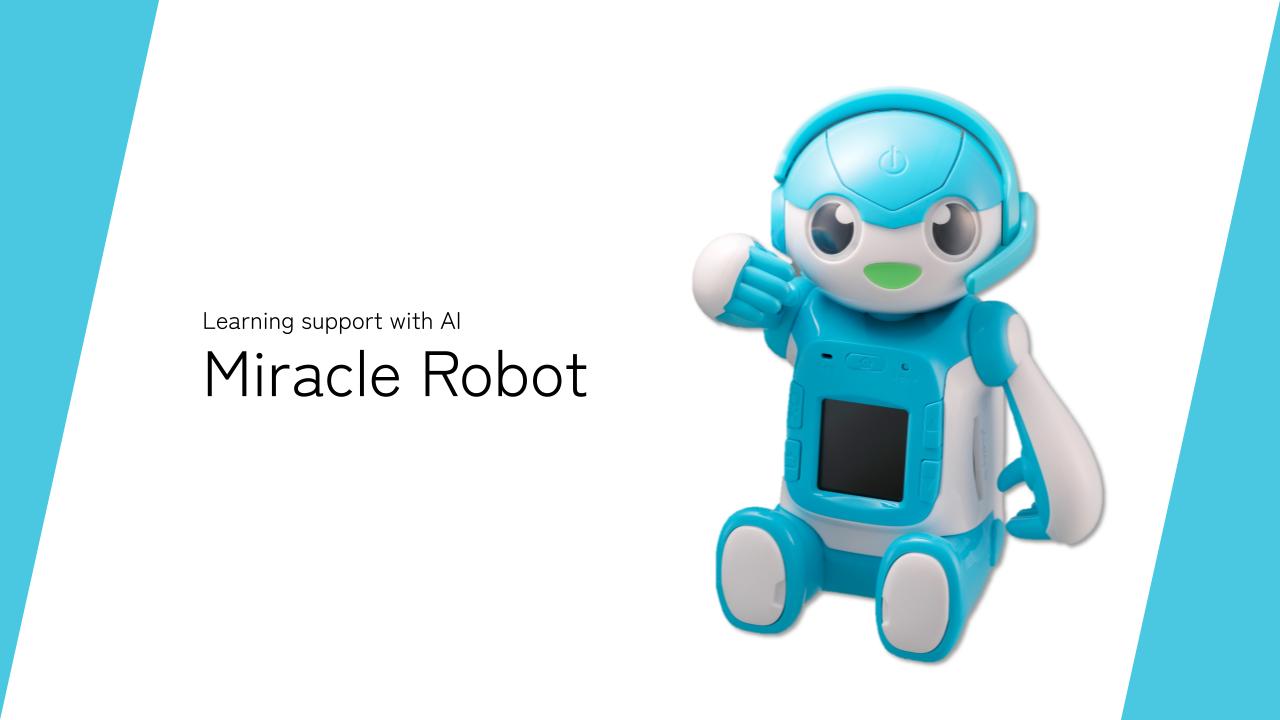
Miracle Robot is a learning support robot for 4th and 5th year elementary school students. Miracle Robot gives advice and asks questions about what children learn in elementary school every day, helping them to overcome common learning difficulties. It also talks about things that motivate children to want to learn, bringing them toward learning.
It also brings about a friendly relationship that is only possible with a robot in the form of a child who is mentally independent from his or her parents around the age of 10. The robot can call the children's names to let them know it is time to learn, play games with them to show them what they have learned, and practice speaking English without being watched.
The goal of the product is to generate expectations that will motivate children to enroll in the Shinkenzemi distance learning service. The goal was not only to attract enrollment, but also to ensure that approximately 400,000 children would be satisfied with the service when it was delivered to them and would continue to use it. This was a project with more than 50 members from inside and outside the company, including the president and other upper management as major stakeholders, and involving from the sales, editorial, and application teams. I participated in the project from the planning stage, which determined the value of the product, and played a central role in its development, mainly as a product manager and software development leader.
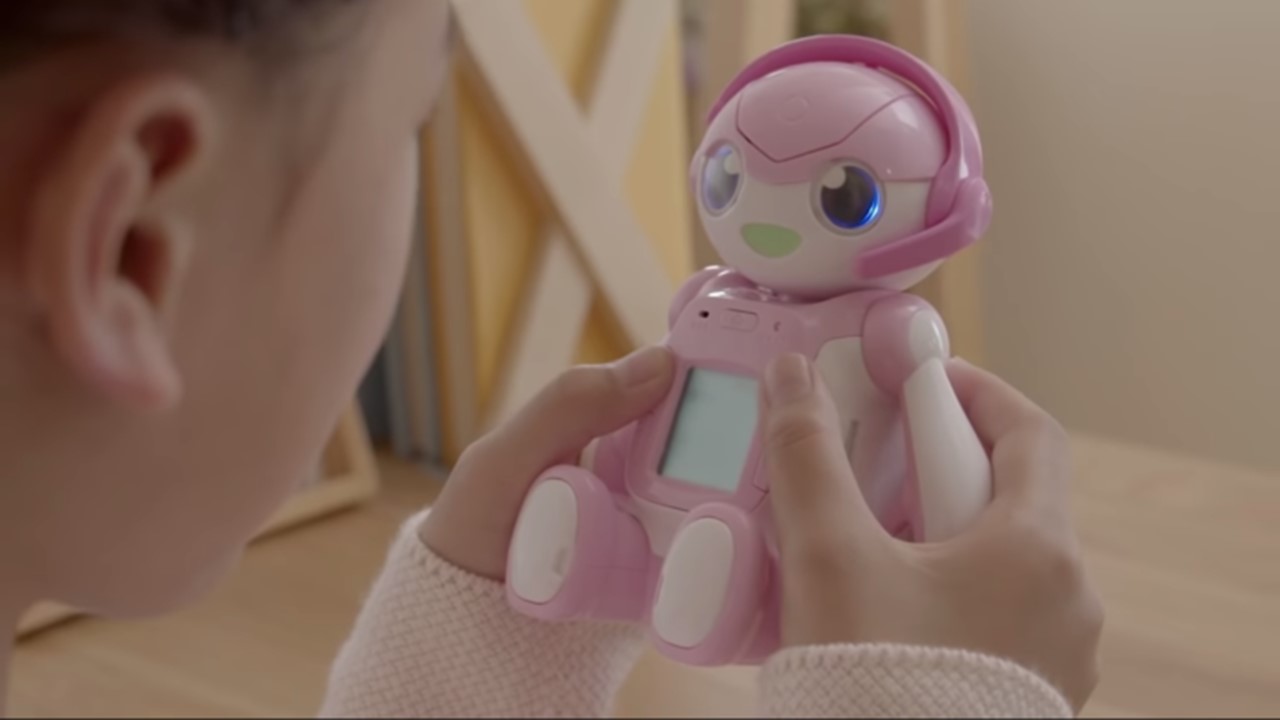
Robotic toys that help students learn were the deliverables of the project, and the main KPIs were the number of new members and the first month's retention rate. However, at the time I joined the project, the decision had not been made between two concepts: a moving robot for learning programming and a talking robot to motivate learning. The reason was that the stakeholders only talked about ideals and did not have a concrete product in mind.
I was assigned as a software development leader, but after consulting with the project leader, I decided to cooperate in higher-level planning as well. Then, in order to encourage customer surveys (from a sales perspective) to make concept decisions, I made concrete planning proposals for both plans (organizing user utilization scenarios and the functions needed to achieve them) based on technical interviews with the manufacturers. Based on these proposals, customer surveys were conducted and the concept of a "talking robot that motivates learning" was decided upon.
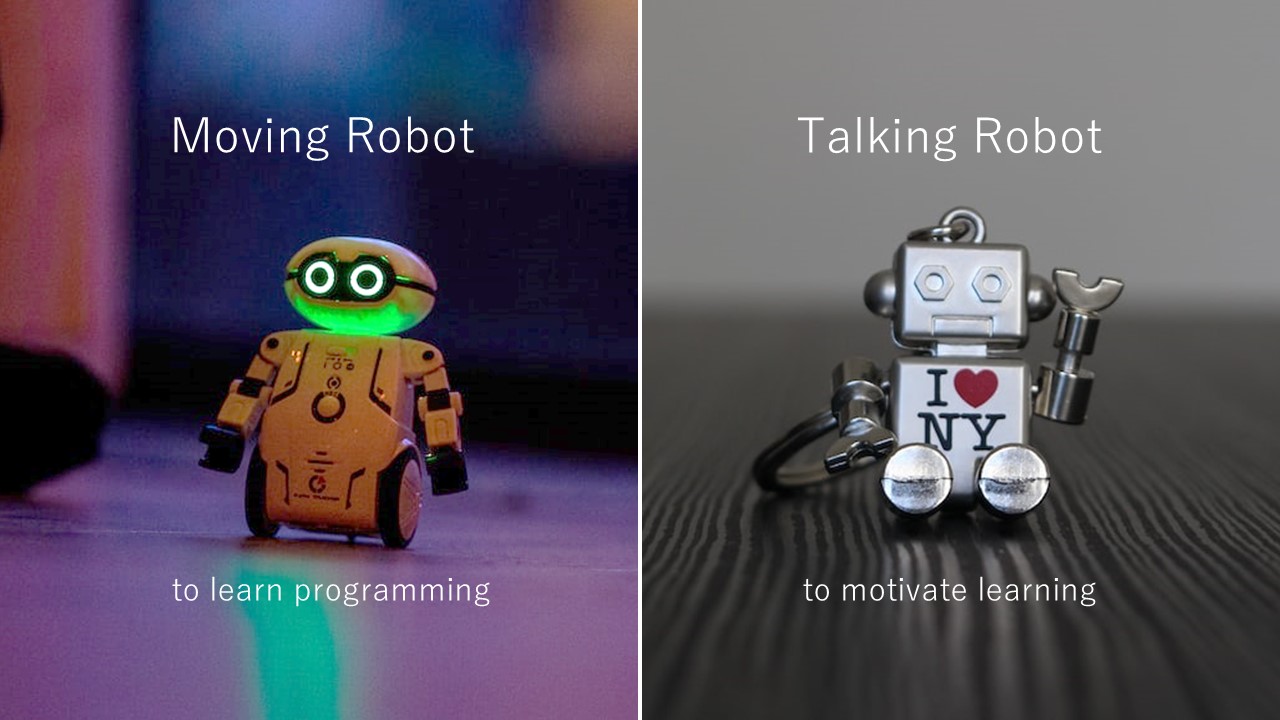
For the experience of talking with children and the robot, we embodied the specifications through three steps.
We asked the manufacturer to conduct a technical survey on natural language recognition for stand-alone operation. After further verification, we found that it was realistic to identify up to about 50 words at a time, and we decided to determine software specifications based on this performance.
To create a robot-speaking experience for children, we needed to make it easy for them to catch words. Therefore, we set up two basic UIs. One is to always display choices on the screen. The second was to design the robot to recognize similar words, different ways of saying them, and expressions with different intonation.
When we asked the children to use the prototype, most of them were not accustomed to talking to machines, even robots, and tried to operate it with buttons without thinking. Even though the concept of the robot is a robot that can talk, we modified it so that the conversation can proceed even with button operations (i.e., selecting options) in line with the actual situation of the users.
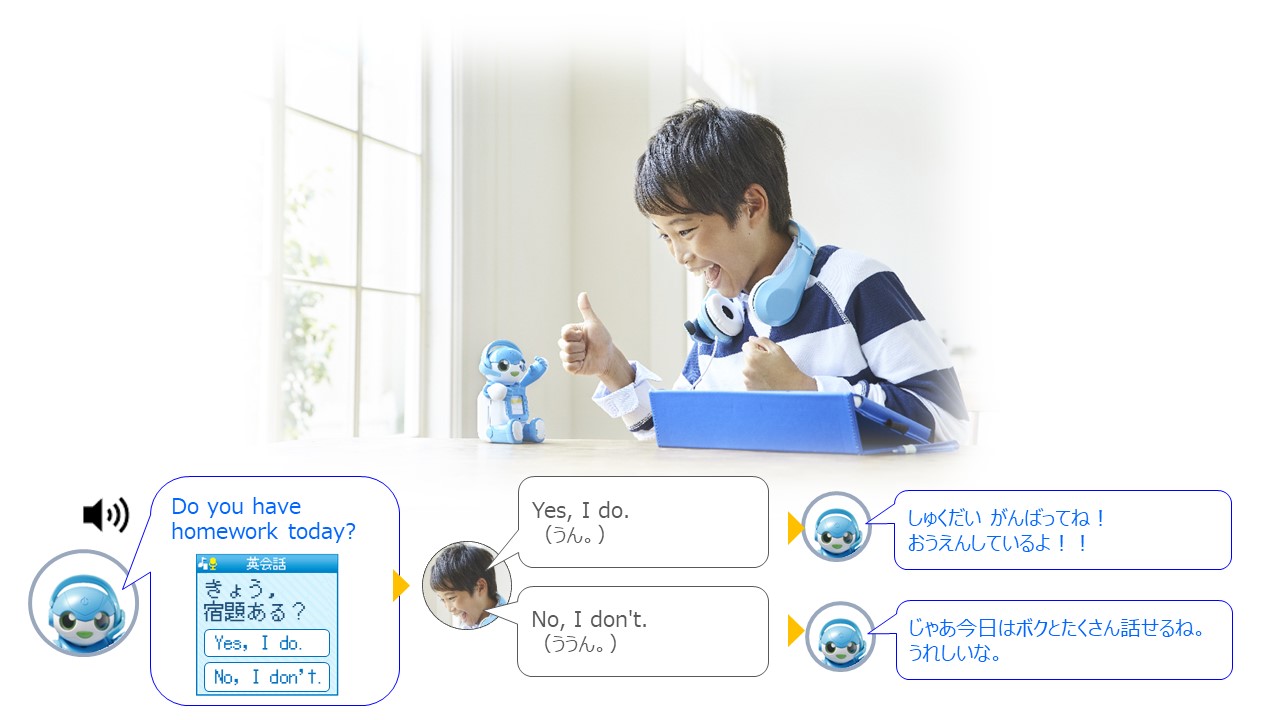
One of the KPIs for this product was to increase the usage rate of learning on tablets, the main form of distance learning. How to guide users to learning on tablets, while satisfying customer expectations and user satisfaction on its own? The answer we prepared was "content expansion through collaboration.
Powering up the robot adds fun features such as games. As a method of powering up the robot, we developed a QR code taking a picture of the QR code as a trigger. I was able to achieve this because I had the know-how from my original application development team and was able to create a prototype using Unity assets early on for technical verification.
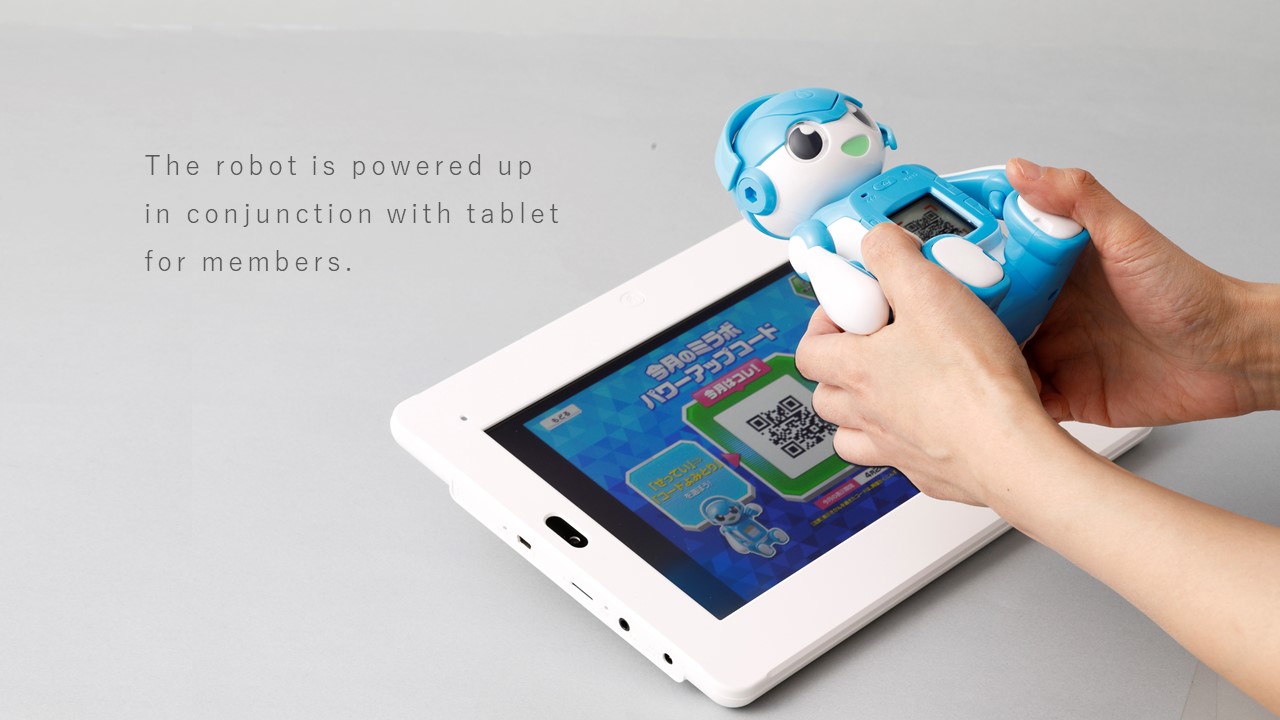
It was a challenging project that had originally attracted a lot of attention within the company, and the resources in terms of budget and personnel were unprecedented in the past 10 years. In addition, I had just moved from one department to another, so I did not have sufficient connections or know-how. I believe that the reason we were able to complete the project despite such adversity was because we honestly relied on others because of the lack of precedent and know-how and tried to communicate this to others in an easy-to-understand manner. Specifically, we thoroughly implemented the following
Because this was a Large Scale product development, I think there were many situations that I was able to overcome with my soft skills. I gained a lot of food for thought as a product manager through this development.